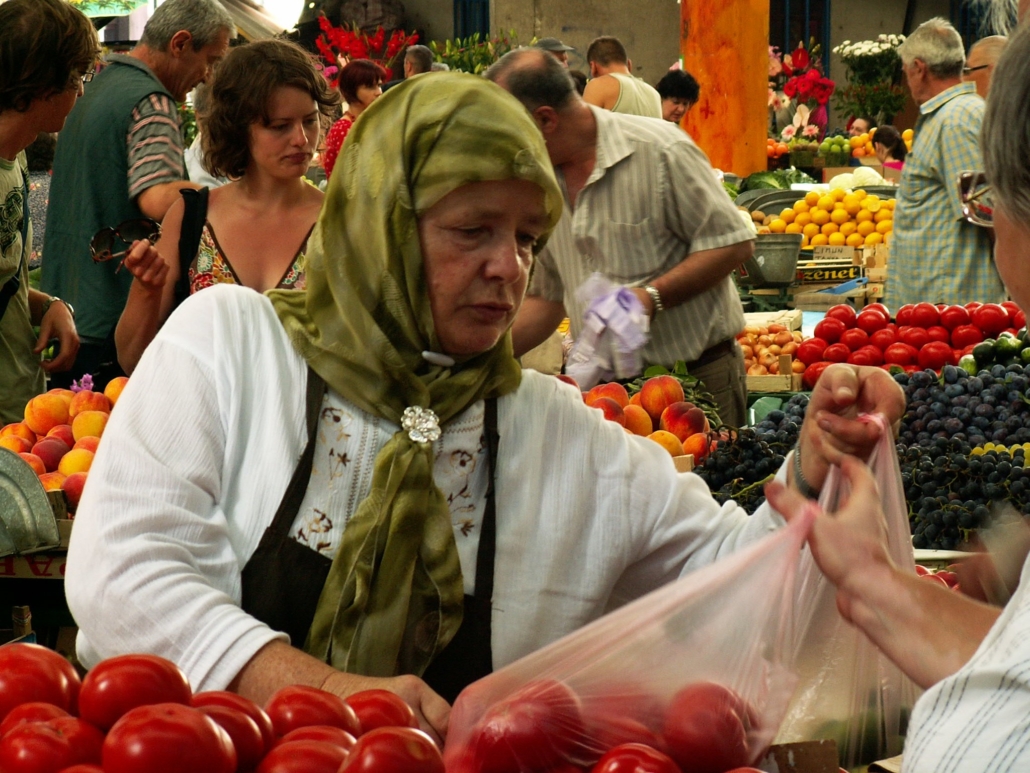A Look at Migrants in Bosnia and Herzegovina

Civil wars, violence and poor governance in North Africa and the Middle East pushed people to Europe. Based on the statistical data of the International Organization of Migration (IOM), a total of 1,046,599 people arrived in Europe in 2015. The total number of arrivals to Europe by land in 2015 was 34,887, with 1,011,712 people arriving by sea. Bosnia and Herzegovina is a country that has received these migrants. Here is some information about migrants in Bosnia and Herzegovina.
The Driving Forces of the European Union Migration Crisis
Every migration process remains influenced by a combination of several factors. The motivation for migration can be economic, environmental, political and social. The IOM defines the “push factor” as the situation or factor in a country of origin that encourage people to leave their country. The “pull factor” is the situation or factor that draws people to another country.
For the migrants, pull factors are high wages, employment and labor opportunities. But the essential push factors are lack of economic opportunities, slow economic growth and low wages. In other words, factors that have a connection with the economic situation. However, the situation is different for refugees. The main push factors for them are wars, interstate or civil strife and political oppression. The pull factors are safety and security.
The Western Balkan Migratory Route
Within a short period, a high number of arrivals of asylum seekers and migrants to the European Union (E.U.) has presented European leaders and politicians with one of the enormous challenges in the history of the E.U.
The case of Bosnia and Herzegovina can be an example of how the migration crisis created new challenges for a country that has unstable institutions and a weak economic situation. Since the beginning of the migration crisis, Bosnia became an unintended waystation for asylum seekers and migrants. The majority of the people who snuck in Bosnia and Herzegovina used the Western Balkan migratory route.
The majority of asylum seekers and migrants made their way from Turkey to Greece and northwards via the Western Balkans. The people who entered Greece tried to travel through the former Yugoslav Republic of Macedonia, Serbia to Hungary and Croatia. However, the violent act of Croatian border police pushed asylum seekers and migrants to Bosnia and Herzegovina.
According to the United Nations (U.N.) data, around 8,000 asylum seekers and migrants are currently present in the country, and 5,400 individuals are accommodated in E.U.-funded camps. Most of the people were from Syria, Iraq and Afghanistan. The vast majority of the asylum seekers and migrants were not eager to stay in Hungary or Croatia. Their main goal was to travel towards Western Europe.
The Numbers
In 2014, 43,357 illegal border crossings were registered in the Western Balkan route. However, in 2015, the numbers drastically increased. In 2015, 764,033 illegal border crossings occurred. Over the next few years, the numbers dropped. The total number of illegal crossings in 2016 stood at 130,325 and in 2017, it dropped to 12,179.
The lowest number of border crossings in 2018 was 5,869. However, after 2018, the numbers increased. For example, in 2020, there were 26,918 illegal crossings. The data refers to the detection of illegal border crossing rather than several individuals. The same individual may have attempted to cross the external borders several times.
The Situation in Refugee Camps
In January 2021, the European Commission announced that €3.5 million in financial aid will go toward helping asylum seekers and migrants in Bosnia and Herzegovina. The main goal of the funding is to supply warm clothing, blankets, food, healthcare service and psychosocial support. Since early 2018, the E.U. has provided more than €88 either directly to Bosnia and Herzegovina or to partner organizations that implement projects to improve conditions in the camps.
Despite the E.U. monetary help, the authority of the country faces difficulties to handle the situation, and most of the camp residents live in poverty. Residents of camps suffer from a lack of food, clean water and sanitary conditions. On the other hand, one of the main problems resulted in that the responsible authorities in Bosnia and Herzegovina and other international organizations did not manage monetary aid properly. Also, as NGOs have argued, the E.U. often focuses on short-term solutions rather than long-term.
Despite all the financial aid from the E.U., the Bosnian Premier Zoran Tegeltija states that “Bosnia-Herzegovina can’t handle the migrant crisis on its own.” The position of Bosnian authorities is that they are carrying a heavy burden and financial support is not enough. Zoran says the “number of migrants in proportion to the number of residents is significantly higher compared to other countries.”
Conclusion
The E.U. provided monetary aid to Bosnia and Herzegovina in 2016. Despite the ongoing challenges in the refugee camps in Bosnia and Herzegovina, hopefully, continued financial aid will improve their conditions.
– Tofig Ismayilzada
Photo: Flickr
